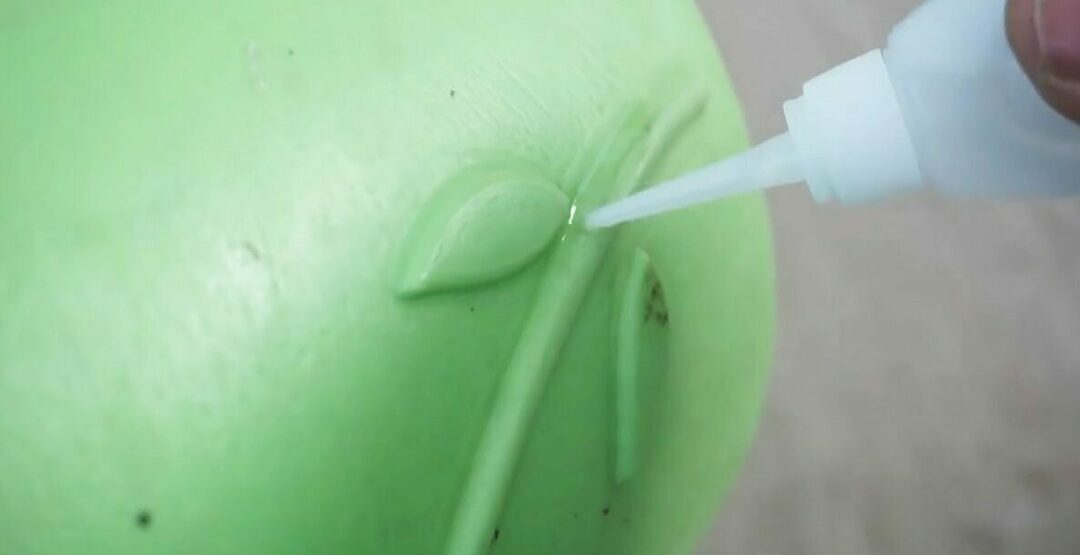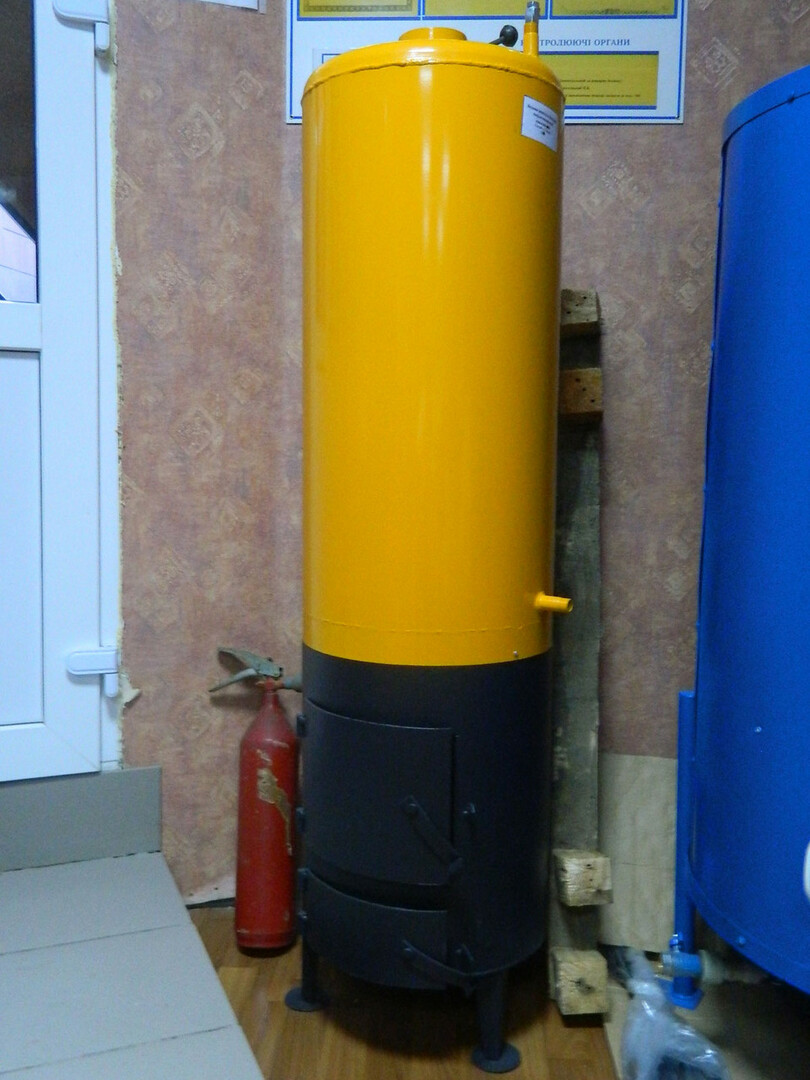It is impossible to say unequivocally which sand is better for laying bricks, because everything depends not only on the raw materials, but also on the type of work. For example, almost any raw material is suitable for the foundation, and it is advisable to use white sand for cladding. The main types of material and tips for choosing it are described in detail below.
The content of the article
-
Types of raw materials
- Ovrazhny
- River
- Alluvial
- Career
- White
- Choice depending on the type of work
Types of raw materials
Sand is always used in the preparation of masonry mortar, an essential component of the mixture for brickwork, since it makes the structure very durable. Moreover, it is important not only to maintain proportions, but also to understand which raw materials are suitable. When studying which sand is suitable for bricklaying, it is recommended to consider several options.
Ovrazhny
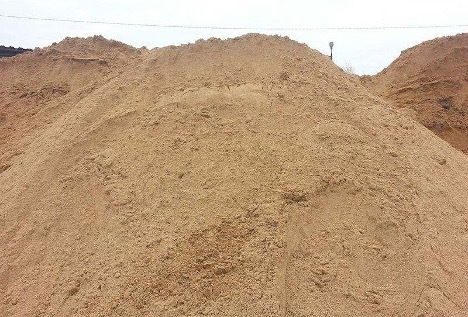
This sand consists of particles with sharp edges that provide a rough surface and good grip. But such raw materials are mined in quarries, so they have a high proportion of impurities. Nevertheless, it is actively used for rough masonry and foundation construction. The particle size is large, ranging from 1.5 to 3 mm, so the design is durable.
River
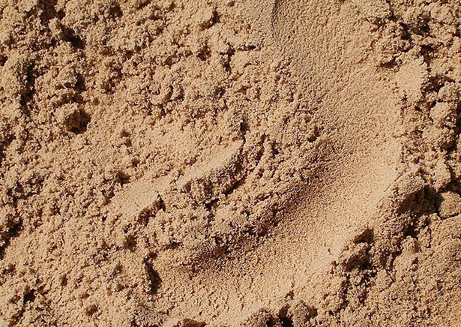
When considering what kind of sand is needed for bricklaying, this is the raw material most often chosen. The composition has a high degree of purity, there are practically no impurities. The shape of the particles is oval, the sizes are large - from 2.5 to 5 mm. Therefore, such material does not need to be sifted. The only drawback is the high cost, although the investment always pays off thanks to the high quality of the raw materials.
Alluvial
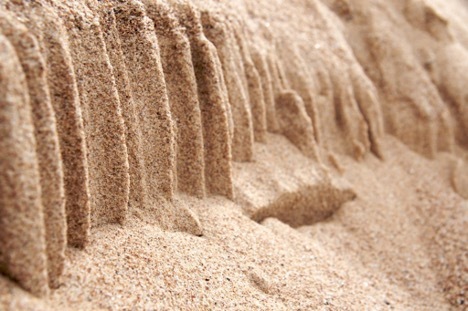
This sand for bricklaying can be considered universal, as it is suitable for almost all types of work. The particles are homogeneous, represented by ovals with a diameter of about 2 mm. Moreover, their surface is smooth, and the impurity content is insignificant, usually not exceeding 0.3% by weight. Thanks to this, the mixture is plastic and the masonry is very durable.
Career
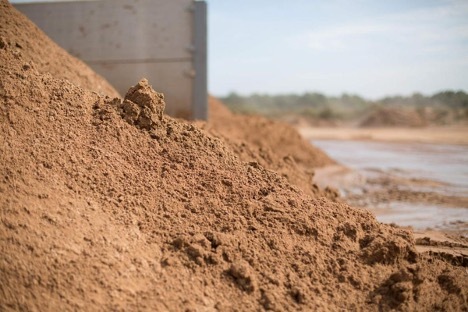
Affordable, consists of a homogeneous fraction. At the same time, the raw material contains many impurities - up to 7%, usually they are represented by clay particles. This is the best sand for laying stoves and fireplaces. But if you are building a house, it is better to consider cleaner raw materials.
White
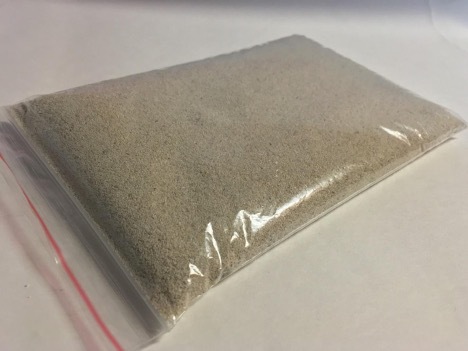
One of the purest compositions, consists of 90-95% quartz. It is mined in quarries, but sometimes it is of artificial origin - such material is more expensive. Particles with sharp corners, uniform in shape and size. Due to the high price, it is usually used in limited quantities, only for certain types of work, for example, for finishing facades and decorative wall cladding.
Choice depending on the type of work
If you carefully study what kind of sand is needed for the solution, it is very important to take into account the characteristics of the material with which you will be working:
- Brickwork requires the use of alluvial or river material. Although, if we are talking about rough installation, you can use any raw material.
- Expanded clay concrete blocks resemble bricks in their qualities, so it is better to use pure mixtures (of river origin or a mixture with raw materials mined in quarries). What kind of sand is needed for masonry - this is also suitable for expanded clay.
- Cinder blocks require the use of only homogeneous mixtures with a fine fraction. River sand is optimal for bricklaying. In this case, other materials are also suitable, for example, gully with mandatory preliminary screening.
- It is also advisable to place foam blocks on mixtures with homogeneous sand. This should be material extracted from rivers or seas, preferably the largest fraction.
- Sand for mortar for bricklaying, which is used for cladding, on the contrary, must be extremely fine. Such particles make it possible to obtain a plastic mass and lay the bricks as evenly as possible, ensuring an attractive appearance of the structure.
Thus, different types of work use different materials. The universal composition is river, sea and alluvial sand. But if the volume is quite large, it can be mixed with cheaper gully or use a large fraction with preliminary screening.

